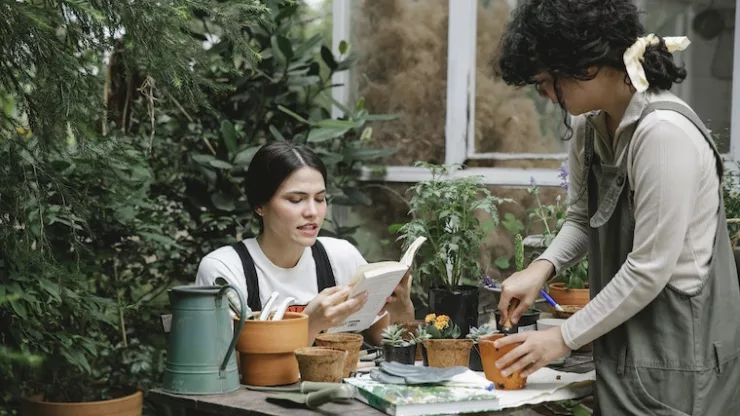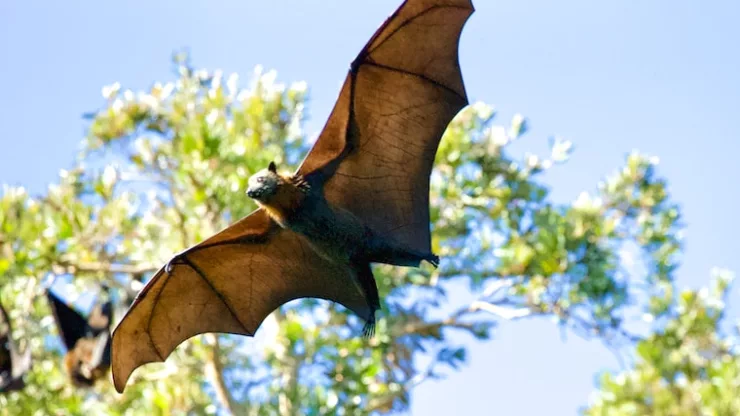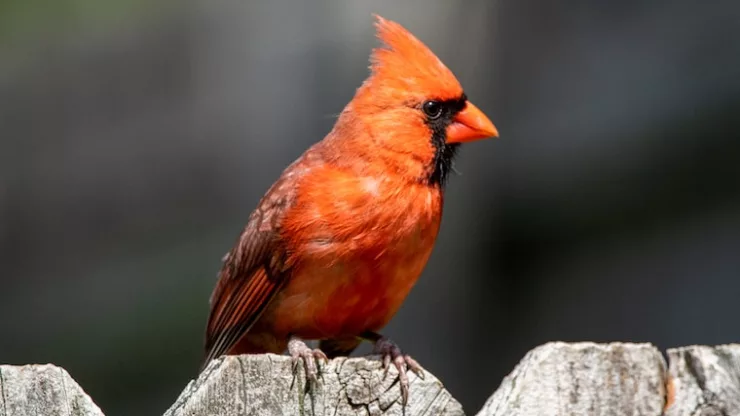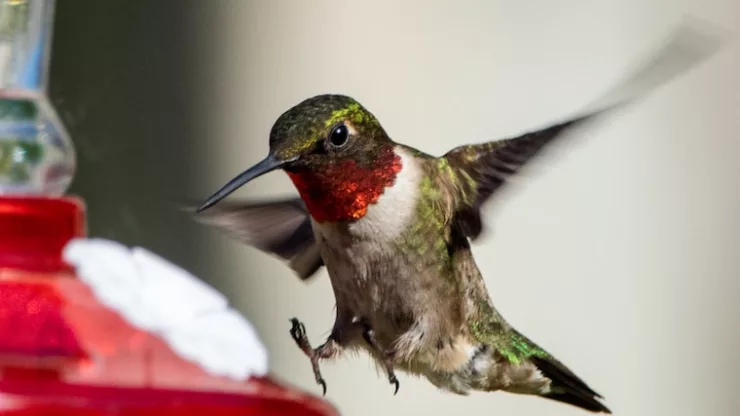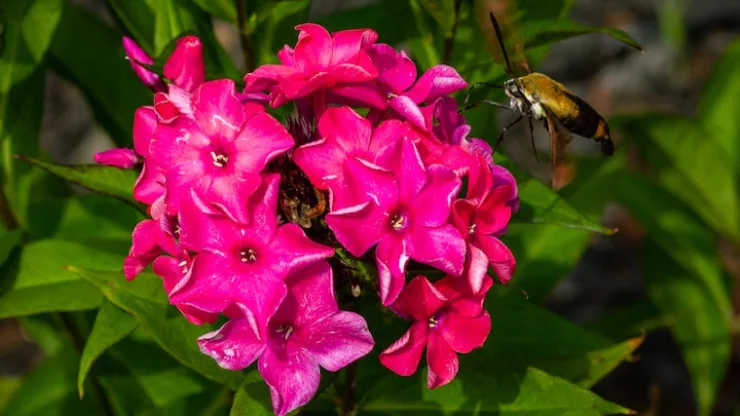Jump to Section
Introduction: The Importance of Urban Wildlife Habitats
As our cities continue to grow and urbanize, it’s becoming increasingly important to create spaces that support and encourage local wildlife populations.
By designing your backyard with the right plants and features, you can make a significant impact on the wellbeing of your local ecosystem.
In this article, we will explore the top plants and features that can help attract urban wildlife to your backyard, providing a haven for these creatures in the heart of the city.
1. Native Plants: The Foundation of a Healthy Ecosystem
When selecting plants for your backyard, it’s essential to prioritize native species. Native plants are those that are indigenous to your area, and they are the foundation of a healthy ecosystem.
They have evolved alongside local wildlife, providing the food and shelter that these creatures need to thrive.
Some examples of native plants that can attract urban wildlife include:
- Wildflowers: A diverse array of wildflowers can provide a food source for pollinators like bees, butterflies, and hummingbirds. Examples include coneflowers, goldenrod, and milkweed.
- Berry-producing shrubs: Shrubs like serviceberry, elderberry, and chokeberry can provide a valuable source of food for birds and small mammals.
- Host plants for caterpillars: Many butterfly and moth species have specific plants they rely on for egg-laying and caterpillar food. These plants include milkweed, spicebush, and native oaks.
2. Layered Vegetation: Creating Structure and Shelter
A well-designed backyard habitat should include a mix of vegetation layers, from ground cover to taller trees.
This structure creates a variety of shelter and nesting options for different species.
Consider incorporating the following elements:
- Ground cover: Low-growing plants, like native sedges and ferns, provide essential cover for insects, amphibians, and small mammals.
- Understory: Small trees and shrubs, like dogwood and serviceberry, create a dense understory that offers shelter and nesting sites for birds and mammals.
- Canopy: Taller trees, like oaks and maples, provide essential habitat for a range of species, from songbirds to squirrels and tree-dwelling insects.
3. Water Features: Essential for All Wildlife
Water is a crucial resource for all wildlife, and incorporating a water feature in your backyard can significantly increase its attractiveness to various species.
Consider adding one or more of the following:
- Birdbaths: A simple birdbath can provide a water source for birds and insects. Be sure to clean it regularly and keep it filled with fresh water.
- Ponds: A small pond can support a diverse range of wildlife, from frogs and salamanders to dragonflies and water birds. Incorporate native aquatic plants and gently sloping edges to create suitable habitat.
- Rain gardens: These shallow, vegetated depressions collect and filter rainwater, creating a unique wetland habitat for a range of species.
4. Nesting Sites and Habitats: Encouraging Wildlife to Settle
Providing suitable nesting sites and habitats can help encourage wildlife to take up residence in your backyard. Some examples of nesting sites and habitats include:
- Birdhouses: Installing birdhouses can provide essential nesting sites for cavity-nesting birds like bluebirds, chickadees, and swallows.
- Brush piles: A simple pile of branches and leaves can create shelter for ground-dwelling birds, reptiles, amphibians, and small mammals.
- Bee hotels: Creating a bee hotel from hollow stems, drilled holes, or bundles of twigs can provide nesting sites for solitary bees.
5. Feeding Stations: Supplementing Natural Food Sources
While native plants should provide the primary food source for your backyard wildlife, you can also offer supplemental feeding stations to attract a variety of species.
Consider the following:
- Bird feeders: Providing a mix of seeds, suet, and nectar can attract different bird species. Be sure to choose feeders that are squirrel-proof and easy to clean.
- Butterfly feeders: A simple dish filled with overripe fruit can provide a supplemental food source for butterflies.
- Hummingbird feeders: Filled with a sugar-water solution, these specialized feeders can attract hummingbirds to your backyard.
6. Minimizing Pesticides and Herbicides: Protecting the Health of Your Ecosystem
To maintain a healthy backyard ecosystem, it’s essential to minimize the use of pesticides and herbicides.
These chemicals can have a significant impact on the health of your local wildlife, often killing off the insects and other invertebrates that serve as the foundation of the food chain.
Opt for organic gardening methods and seek out natural pest control solutions whenever possible.
7. Certifying Your Backyard as a Wildlife Habitat
Once you’ve incorporated these features into your backyard, consider certifying it as a wildlife habitat through a local or national organization.
This certification can not only provide you with valuable resources and support but also help raise awareness about the importance of urban wildlife habitats.
Conclusion: Your Role in Supporting Urban Wildlife
By incorporating the plants and features discussed in this article, you can create a thriving backyard ecosystem that supports a diverse array of urban wildlife.
From providing food and shelter to minimizing the use of harmful chemicals, each action you take plays a vital role in the wellbeing of your local ecosystem.
By fostering these habitats, we can help ensure that our cities remain vibrant, biodiverse spaces for generations to come.
I’m a nature enthusiast and creator of Metro Wilds and have spent years exploring the great outdoors.
With a passion for environmental conservation and sustainability, I have dedicated my career to writing about the beauty and wonders of nature, as well as the threats facing our planet.
Contact me at [email protected] for assistance.

